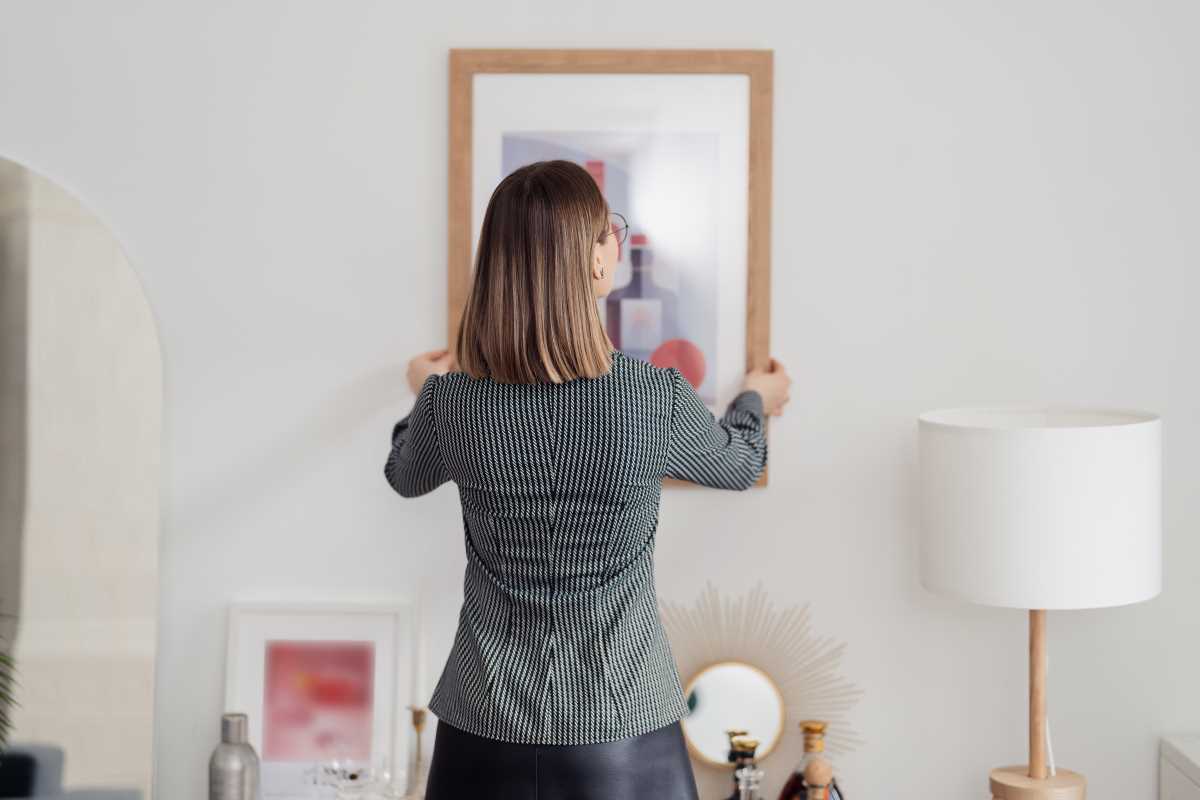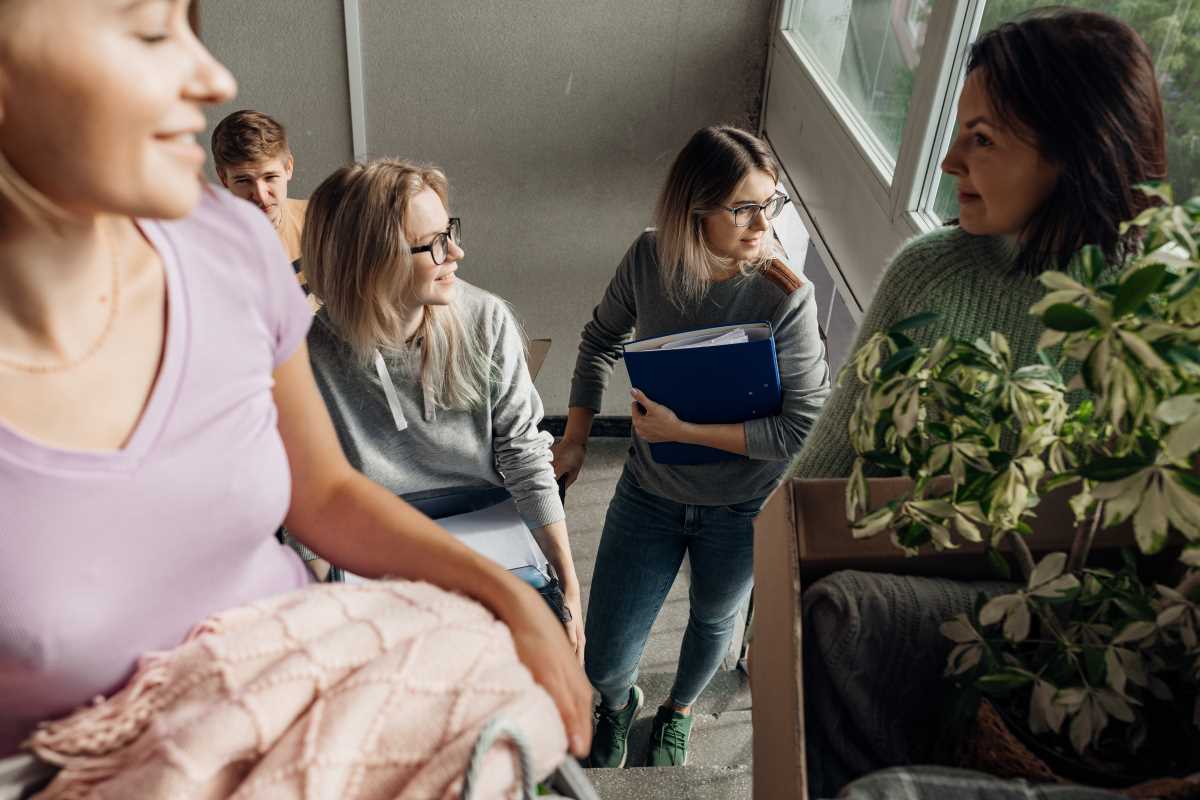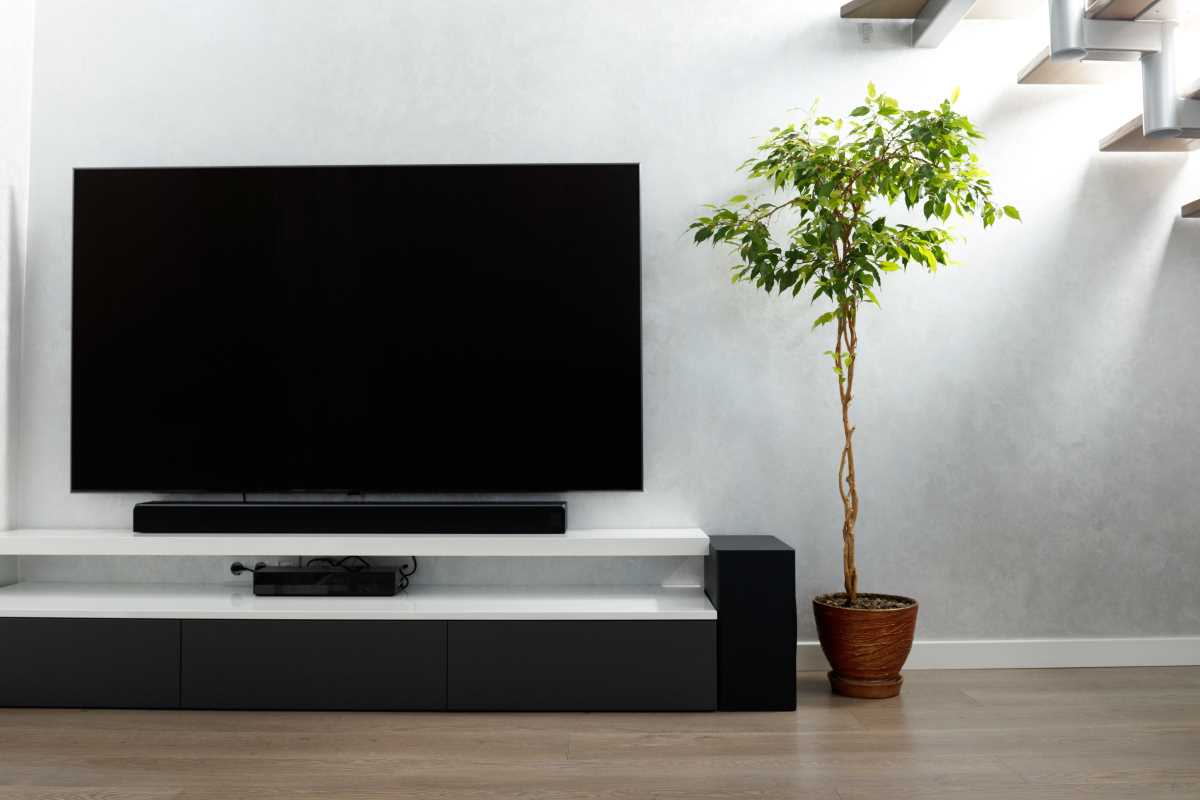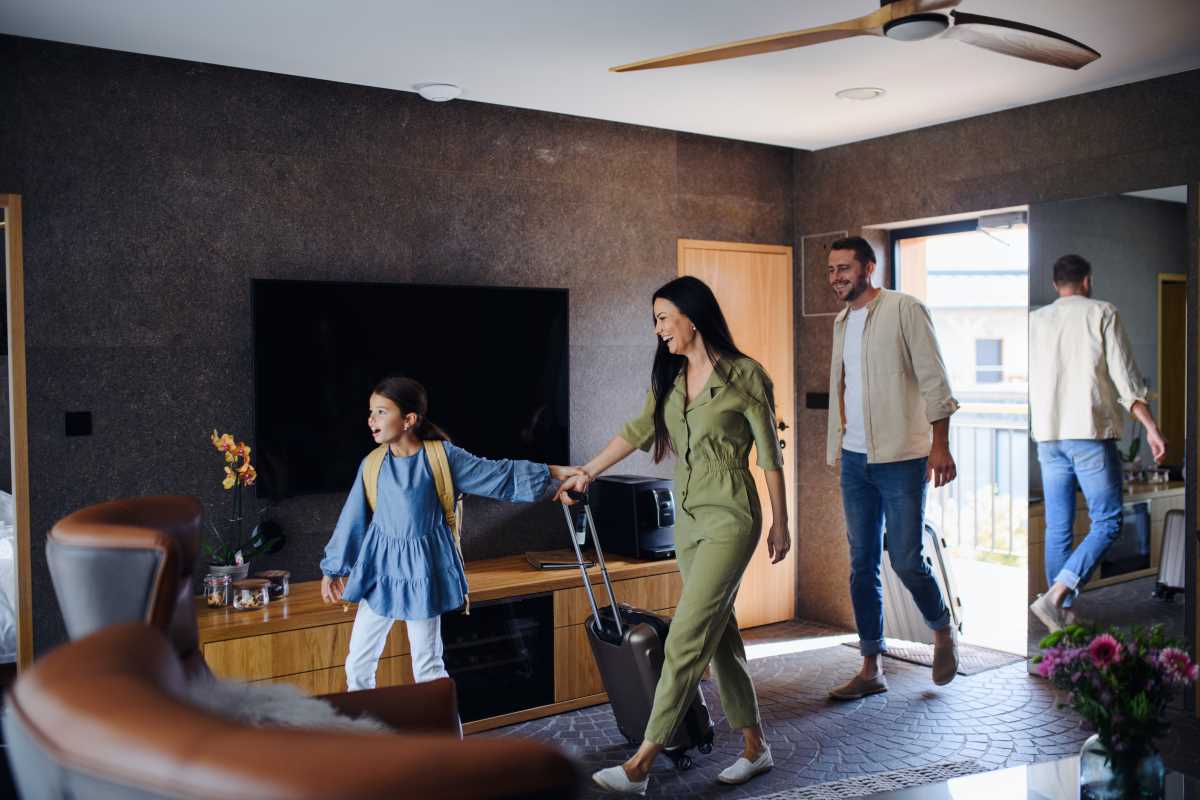Embracing apartment living doesn't have to mean saying goodbye to your love of gardening. With some clever techniques, you can transform your indoor space into a thriving garden that reflects your personal style and the unique conditions of your home. Microclimate gardening offers an excellent opportunity to make the most of your space, allowing you to nurture a diverse range of plants even in the most compact apartments. By understanding and optimizing the different environmental factors in your home, you can enjoy the rewards of a lush, green sanctuary without stepping outside your door.
By understanding the specific conditions of your apartment, you can choose the right plants, optimize light and temperature, and maintain the perfect balance of water and humidity. Let's dive into the top seven microclimate gardening tips specially curated for apartment dwellers.
Understanding Microclimates
Every apartment has its own microclimate influenced by several factors. Recognizing these factors can help you create an ideal environment for your plants.
- Light Exposure: Different areas receive varying amounts of sunlight throughout the day.
- Temperature Variations: Rooms may have different temperature levels based on their position and insulation.
- Humidity Levels: Kitchens and bathrooms typically have higher humidity, while bedrooms and living rooms may be drier.
- Airflow: Open windows, fans, and air conditioners affect how much fresh air circulates around your plants.
Choosing the Right Plants
Selecting plants that thrive in your specific apartment conditions remains crucial for a successful garden.
- Snake Plant – Ideal for low-light areas and requires minimal watering.
- Pothos – Great for hanging baskets and can tolerate a range of light conditions.
- Spider Plant – Perfect for bright, indirect light and adds a lush look to any room.
- Succulents – Require plenty of sunlight and are easy to care for, making them perfect for sunny windowsills.
- Peace Lily – Prefers medium to low light and helps improve indoor air quality.
- Herbs – Such as basil, mint, and thyme, which thrive on kitchen windowsills with ample sunlight.
- Ferns – Excellent for areas with higher humidity and indirect light.
Optimizing Light and Temperature
Managing light and temperature remains essential for microclimate gardening. Ensure your plants receive the right amount of light by placing them in areas that match their sunlight requirements. For instance, succulents need plenty of direct sunlight, while ferns prefer shaded spots with indirect light.
Maintaining a stable temperature also proves important. Avoid placing plants near drafts, heaters, or air conditioners. By carefully positioning your plants and adjusting your apartment's climate, you can create a comfortable environment for your greenery.
Watering and Humidity Tips
Proper watering proves vital to prevent overwatering or underwatering your plants. Invest in a moisture meter to monitor the soil’s wetness and establish a consistent watering schedule based on each plant’s needs. Remember that different plants require different amounts of water.
Humidity plays a significant role in plant health. To boost humidity levels in dry apartments, consider using a humidifier or placing water trays near your plants. Grouping plants together can also create a more humid microenvironment, benefiting those that thrive in such conditions.
Soil and Containers
The right soil and containers can make a big difference in your garden’s success. Choosing appropriate materials ensures proper drainage and aeration for your plants.
- Soil Types:Well-draining potting mix for succulents and cacti.
- Moisture-retaining soil for ferns and peace lilies.
- A balanced mix for herbs and other versatile plants.
- Container Options:Self-watering pots to maintain consistent moisture levels.
- Hanging baskets to save space and add visual interest.
- Terracotta pots for their breathability and natural aesthetic.
Maximizing Space with Vertical Gardening
When space is limited, vertical gardening helps you make the most of your apartment’s layout. Utilize walls, shelves, and hanging fixtures to display your plants without taking up valuable floor space.
Install plant racks or use tiered shelves to organize your greenery efficiently. Vertical gardens not only save space but also add a dynamic visual element to your home, making your apartment feel more lively and inviting.
Creating a Balanced Environment
Ensuring that all aspects of your apartment’s microclimate stay in harmony proves key to maintaining healthy plants. Regularly check for any imbalances in light, temperature, or humidity and adjust as needed.
Consistency remains important, so try to maintain stable conditions for your plants. By keeping a balanced environment, your microclimate garden will flourish, providing you with beautiful, vibrant greenery throughout the year.
Starting your own microclimate gardening project in your apartment proves easier than you might think. With these tips, you can create a personalized garden that enhances your living space while bringing the joy of nature indoors. Happy gardening!
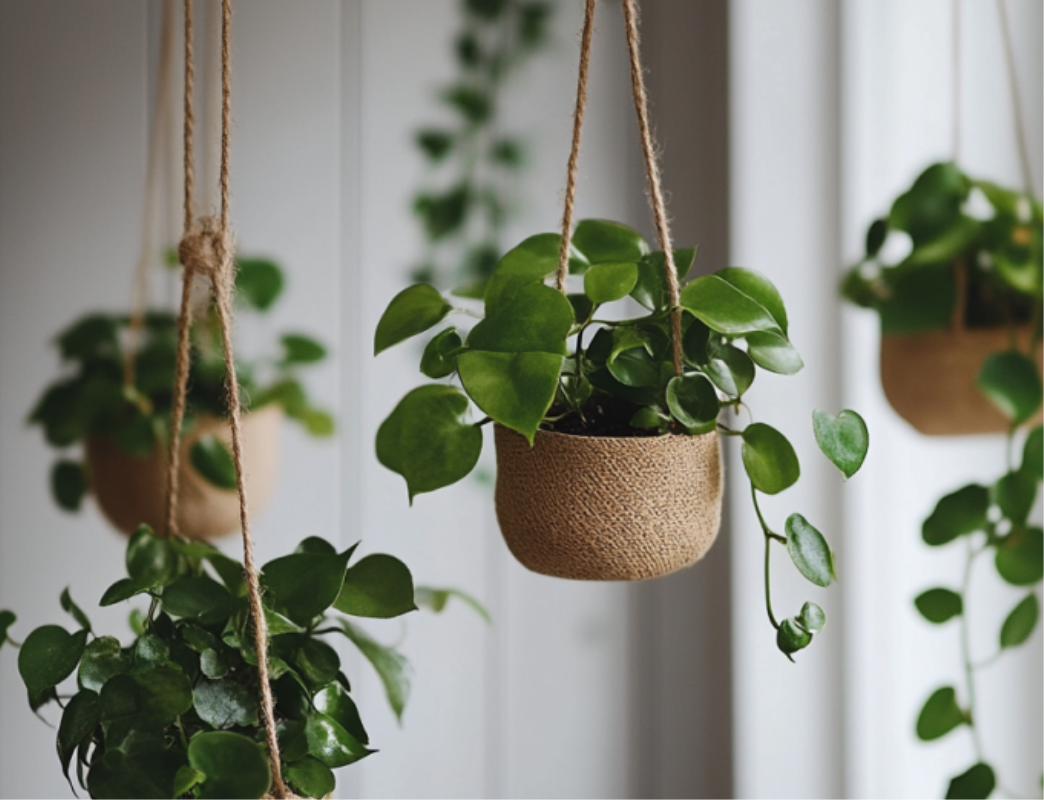 (Image source: Midjourney)
(Image source: Midjourney) 